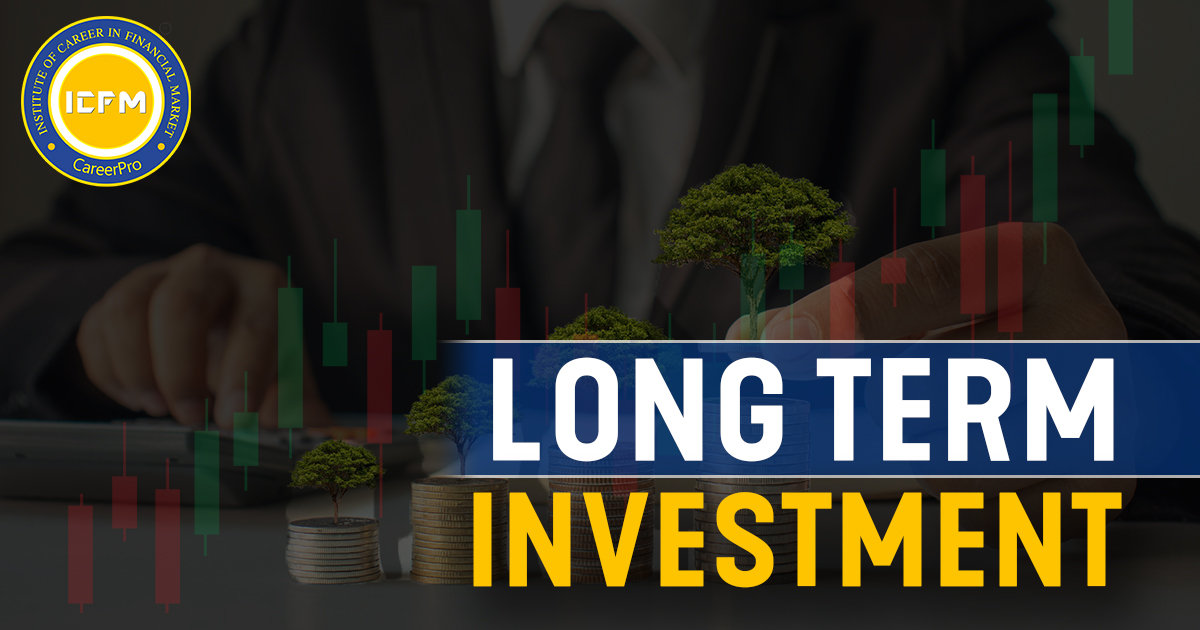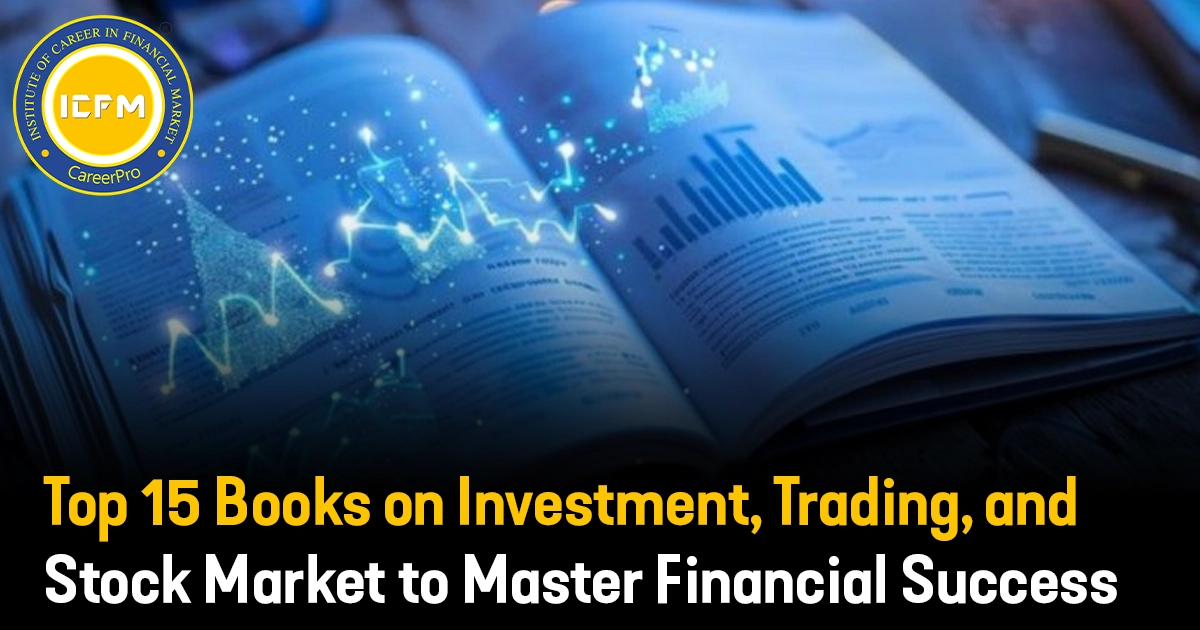In today's world of light-speed news and the newest financial fad available with just a mouse-click, the very notion of long-term investment sounds archaic. Paradoxically, it is this very steadfast approach to the market that has invariably served as the major hand leading to amassing enormous wealth for multitudes of investors. Long-term investment is not just about throwing money into the stock market and letting it be. This is a disciplined strategy, leveraged by time, patience, and the power of compound growth if done right.
Long-Term Investment Explained
Long-term investment is the act or process of purchasing and holding an investment, commonly stocks, bonds, or real estate, for a long time. Normally it indicates a period of five years or longer. In that respect, it is poles apart from short-term trading or time in the market timing where there is a persistent purchase and selling of securities as markets fluctuate.
The Basic Principles
1. Time: The best friend indeed. The fluctuation in the market in the short term can be really unnerving, but history has proved that over time markets have gone upwards.
2. Compound Interest: This means earning returns on your basic investment and also on the returns which have been accumulated in the previous period/s. Over a period of time or in the long term, compounding really helps in boosting the value of an investment.
3. Diversification: It involves investment in different asset classes and sectors to reduce risk and increase the possibility of generating stable returns.
4. Consistency: The act of investment a fixed amount of money at regular intervals, generally termed dollar-cost averaging, may help even out the volatility of the market.
Why Long-Term Investment Works
1. Reduces the volatility that can occur with the market
Markets are inherently volatile, meaning any individual economic report, geopolitical event, or shift in investor sentiment can cause prices to swing. The effects of these gyrations are tempered through the investment discipline of long-term investment. This means that for the holder willing to hold such investments over many years, much of the influences of temporary market dips gets counterbalanced by times of ascent.
Take, for instance, the financial crisis across the world back in 2008. Panicked investors who sold out in the down datasets most probably faced large losses. However, those who remained investment started seeing their portfolios recover and grow once more as markets rebounded.
2. Harness the Power of Compounding
Essentially, compound growth is the process wherein an investment earns returns that then go on to generate further returns in the course of time. Some refer to it as the "eighth wonder of the world" because of its enormous influence regarding the accumulation of wealth.
Imagine that $10 000 is invested in a fund earning an average of 7% per annum. Had no new money been added to the account whatsoever over 30 years, this would equate to more than $76 000. There are multiple returns because returns made previous periods are starting to gain returns as well.
3. Reduction of Investment Costs
High-frequency trading involves a lot of costs, including transaction fees, taxes, and high chances of buying at highs and selling at lows. You minimize these costs if you adopt a long-term strategy. Also, many countries provide tax benefits for long-term capital gains as against short-term gains; hence, you maximize your returns.
4. Psychological Benefits
Long-term investment may help you overcome emotional traps in decision-making. It is extremely easy to get swayed by emotions of fear and greed into committing mistakes through poor timing—selling low and buying high. A disciplined, long-term approach helps in keeping you focused on your objectives and prompts you to stick very closely to your plan—that is, not act impulsively to market noise.
Building a Long-Term Investment Strategy
1. Set Clear Goals
Set clear goals for your investments even before you start investment. Is this for retirement, your child's education, or to buy an appreciable asset? It is, rather, something which will govern how you will be investment, in both the type of risks you will take and with the time frame.
2. Make a Diverse Portfolio
Reduce risk by diversification—spreading your investments within different asset categories, such as stocks, bonds, and real estate. To enhance diversification within each asset class, invest in either numerous industries, regions, or security types.
3. Establish a Consistent pattern of Investment
This is the major reason why you should make regular contributions towards your investment portfolio—one gets the benefit of dollar-cost averaging. You are investment a fixed amount at constant intervals. More shares will be purchased when prices are low and less when prices are high. Over time, this can be seen as bringing down the cost per share of your overall investment.
4. Be Informed But Don't Overreact
While it is essential to be informed about the markets and your investments, avoid the temptation to react to your news items at each batch or short-term trend. Rather, from time to time, review this portfolio so that it remains aligned with the goals, making any necessary readjustments to stay on track.
5. Periodically rebalance your portfolio
Over time, some investments may outgrow others and naturally cause your portfolio to drift away from its intended allocation. The process of rebalancing realigns your investments to proper allocation, keeping the portfolio aligned with your target risk profile and investment strategy. This helps manage the risks and maintain consistency relative to the investment strategy.
Common Pitfalls to Avoid
1. Market Timing: This very often results in bad outcomes. Even professional investors are not good at timing the market.
2. Overconfidence: Just because an investment has done well in the recent past does not necessarily mean it would continue to do good. Diversification is one of the key things to remember.
3. Negligence of Research: Blindly following investment tips or trends can be very risky if not researched properly. Always understand what you are investment in.
4. Emotional Decisions: Mainly due to fear or greed, avoid emotional decisions. Be disciplined and focused on your goals in the long term.
Conclusion
Long-term investment is not about getting rich quickly; rather, it is a disciplined and steady way to build wealth. Having patience and the power of compounding growth at one's back, one will be quite able to stick to the strategy devised for the ups and downs in the market. Indeed, investment is a marathon, not a sprint. Stay the course and let time do its magic with your investments.









